Treatment and remediation facilities based on natural processes and environmental technologies.
Water management and treatment
Our nature-based solutions
1
2
Services and consultancy for sites and watersheds development plans, as well as for the construction of wetlands for different purposes
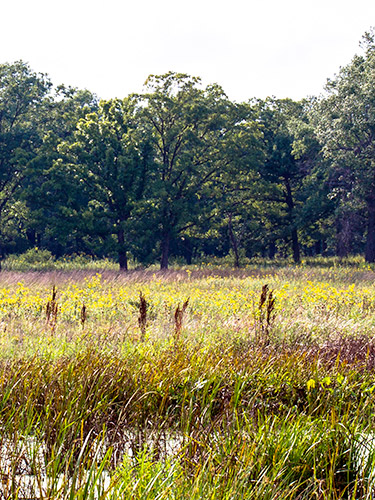
Ponds and constructed wetlands can be designed purposely for water treatment. These ecotechnologies are bioinspired by the ability of natural wetlands to treat various pollutions, via interactions with substrate, plants and especially the associated microorganisms (phytoremediation).
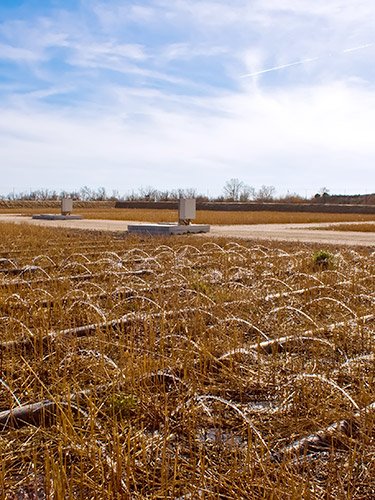
Vegetated filters or reed bed are a category of constructed wetlands, as such they display all their benefits. These are wetlands with water flowing through a planted granular substrate. We design and apply the three main categories of vegetated filters (vertical or horizontal flow and combined).
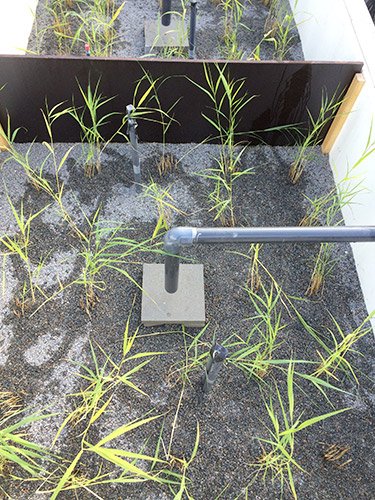
Developed by Cebedeau, the FILTRAN® process is a compact vegetated filter for the treatment of organic matter and optimised for the treatment of total nitrogen through nitrification and denitrification. The process combines in one step the advantages of unsaturated vertical filters and saturated horizontal filters.
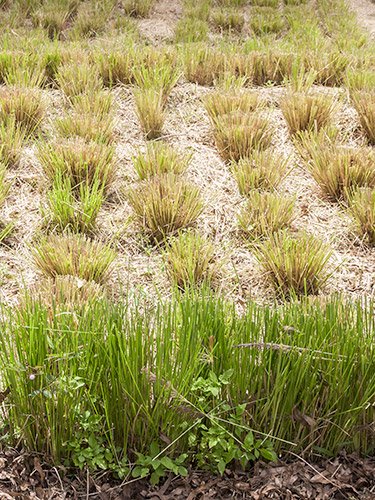
Phytotreatment processes, inspired by wet meadows and riparian areas, are based on water flowing through plants and / or soil of a dedicated facility. We also design evapotranspiration beds, allowing partial or zero discharge. They work by spreading the water flow over a planted bed with a sealed bottom, the plants being selected for their heavy water consumption and resistance.
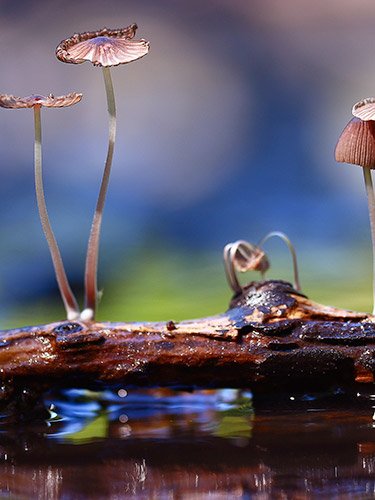
Mycofiltration involves percolating water through a woody substrate colonized by a lignicolous fungi (wood-degrading fungi). The filtering effect of the dense mycelium network and the release of enzymes can remove organic pollutants, heavy metals and pathogenic bacteria from water.
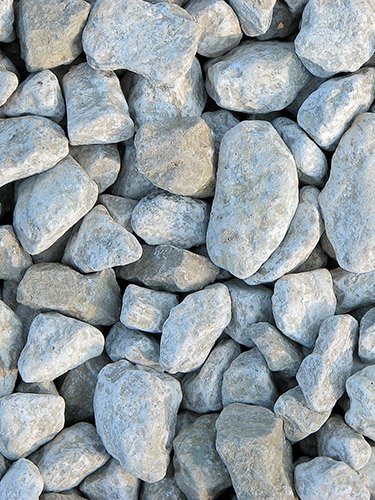
Reactive substrates are based on water percolation through granular materials-filled beds or trenches, causing chemical modifications. For soil-based treatment, we rely on the natural purifying capacity of the soil and its microorganisms.
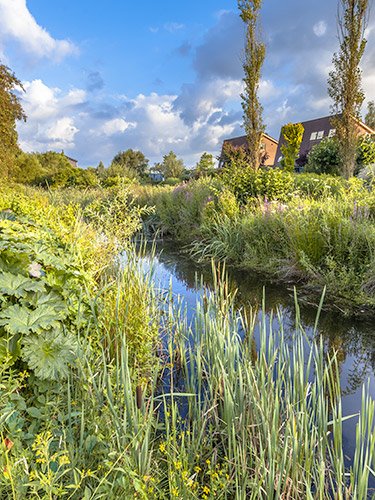
The sustainable management of stormwater and runoff is based on mimicking the natural water cycle (retention, evaporation, infiltration, etc.). Approaches to manage stormwater and runoff that take account and bring multiple benefits such as water quantity (flooding prevention), water quality (pollution control), improving biodiversity and amenity are called Sustainable Drainage Systems (SUDS) or low impact developments (LIDs).
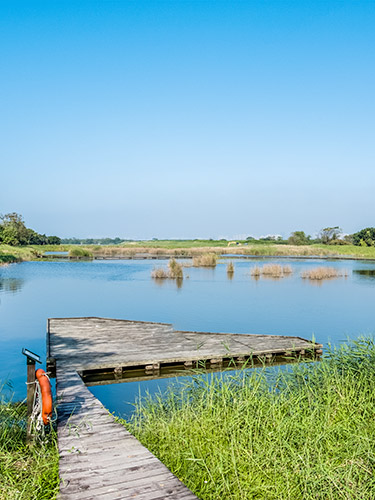
Ponds, wetlands and temporary flooding areas are part of green and blue corridors and provide many ecosystem services, improve biodiversity, eliminate pollutants, recreate the natural water cycle, provide flood prevention and climate change impacts resilience.
Applications
According to our values and thanks to our international experience, our solutions are adapted to local conditions, be they economic, social, cultural and environmental, with the aim of optimising resources and long-term operation.








